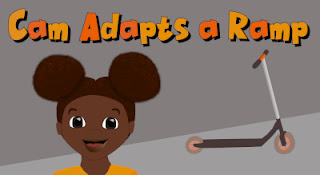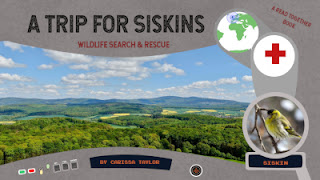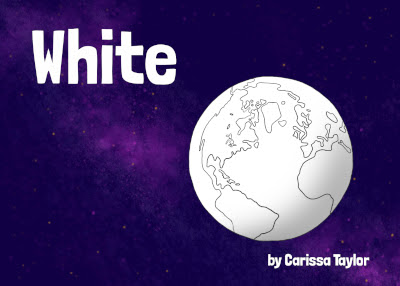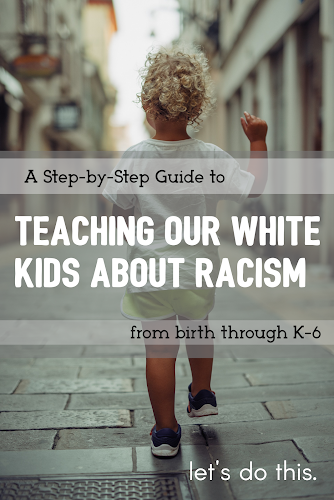I hope you and your kiddos are doing well <3 Here are some more free learning-from home resources for your budding readers!
I wanted to get this second round of decodable books posted ages ago, but 2020 being what it is, life got in the way. Regardless, here they are at last! My first set of early readers focused on the Long E sound, and combinations of Long E and Long U as well as Short A, Short O, and Short I combinations.
The phonics readers I'm sharing today each focus primarily on one vowel sound:
Short A
Short E
Short I
Short O
Long I
I've played around with various narratives and styles this time, and have tried to incorporate more STEM concepts into the readers, including a read-together non-fiction book.
Like last time, I've striven to make these books 99% decodable for your kiddos, and have listed the letter sounds and the few "tricky" sight words they'll need to know on the second page of each book.
I'm always looking to improve, so let me know what you think!
help me keep these readers free for whoever needs them
 |
| pdf |
This book is very short, so it's ideal for a beginning reader. Do note that it includes the word "adapt" -- which people with certain accents pronounce using a schwa rather than a Short A. To make things easier for your kiddo, I recommend pronouncing the word with a Short A while reading this.
Phonics Focus: Short A
Word Count: 43
Sight Words: 4
 |
| pdf |
Phonics Focus: Short O
Word Count: 105
Sight Words: 6
 |
| pdf |
This is a narrative non-fiction book about birds and the seven continents. It's designed for you to read together with your child. There are decodable sections for your kiddo to read, while you'll read the other sections. You can pick-and-choose how much of the supplementary informational text you want to read aloud to your child based on their interest level and your time constraints.
Note that the file size is fairly large (80MB) for this one, so here is a link to a lower-res version as well.
Phonics Focus: Short I
Word Count: 155
Sight Words: 12
 |
| pdf |
In "The Trek" your child will try to guide the main character along the correct paths to reach their friend, using the written clues the friend left behind. They'll likely learn the names of some plants and animals along the way too, so it's a bit STEM-oriented.
It does incorporate a few words with tricky endings such as -ed, -edge, and -ettle, so this one's best for readers who already have a fair amount of practice with their short vowels, CVC, and CCVC words.
Phonics Focus: Short E
plus these endings:
-ed / -edge / -ettle
Word Count: 145
Sight Words: 11
 |
| pdf |
This book follows the story of two children who live in a colorless world, but who discover the secret to bringing the color back into it. It's designed for readers who already have extensive practice with all the short vowel sounds, and who are learning the various Long I spellings.
Phonics Focus: Long I
Word Count: 257
Sight Words: 16
(other short vowels too), all hard consonants,
th, ch, sh, qu, wh
High-Frequency Words: 32
---------
I hope you and your kiddos enjoy these readers! Be sure to check out the first 5 readers I posted if you're working on your Long E sound, or need some Short Vowel combo phonics books. I'm hoping to get out another few readers, including one for the Short U sound, a few even more basic books, and a decodable novella soon. But I also have another side project in the works so we will see how soon I can get to the readers!
If you're looking for a list of all the readers I've completed thus far, I have compiled them in this Master List.
If you have any feedback, I'd love to hear from you! email me at (( carissawritesthings )) @ (( gmail )) . (( com ))
<3 <3 <3
If you read and enjoyed the books, I would love your help keeping them free for those in need. I'm going to have to pay for to a new server for my next batch of books, but I want to keep the books free, so any donations would be so appreciated, no matter how small!









